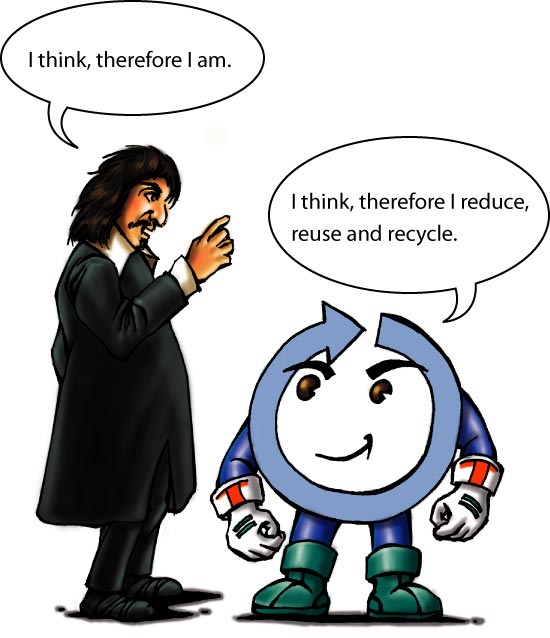How to Save Gas in the Kitchen
by: Thomas Yoon
In my previous articles, I have discussed many ways to save fuel for your vehicle. I have mentioned steps like adopting good driving habits, maintaining your car in peak condition, planning your trips, carpooling, avoiding traffic jams, driving smaller vehicles, choosing more efficient cars, adding energy saving devices and many others.
By following some of the items listed above, you should be able to get a very good performance from the fuel you fill up into your tank and save on your vehicle fuel costs.
Today, we are going to discuss more ways of saving fuel, but this time in our kitchens. Saving cooking gas requires a different approach from saving vehicle fuel. is is because the gas stove uses external burning of fuel, unlike engines that uses internal combustion of fuel.
Gas fuel like liquefied petroleum gas (LPG) or natural gas (Methane) is commonly used for cooking at home because it is clean and easily available. If we are able to control the usage, we could possibly save considerable amounts of money too.
With the world's oil and gas prices at such a high level, many of us are hard-pressed to try to squeeze the maximum work out of the fuel we use. One of the best strategies to use is to avoid wastage that can lead to loss of energy.
Below are some of the ways you can save gas in the kitchen:
1. Light up your stove only when you are ready to cook and the ingredients are within reach. This requires good coordination and planning by the cook. This means that heat is not wasted during the waiting period. The flame is only used for doing useful work - heating the food.
2. Use pressure cookers because they require less fuel for heating and thus reduce cooking time. There is a scientific explanation for this. Water boils at 100 degree Celsius at normal atmospheric pressures. When the cooking pot is pressurized above atmospheric, the water boils at a higher temperature. At that higher temperature, whatever meat or other ingredients inside the pot get cooked faster.
3. Avoid using too much water when cooking as it wastes fuel and it takes a longer time to evaporate. Water boils at 100 degree Celsius in a normal pot. It remains at this temperature no matter how much more you heat it further. It just evaporates, and the heat is lost through the evaporation of the steam. The temperature will not rise further in the water. The more water there is, the more the fuel required to bring it to boil.
4. Reduce the flame when boiling starts to save fuel. This relates to item 3 above. A small flame is sufficient to maintain the boiling of the water at 100 degree Celsius. A big flame will not bring the water to a higher temperature.
5. Cover cooking pots and pans with a lid to prevent heat from evaporating. This again relates to item 3 above. By covering the pot with a lid, the energy supplied to the water is prevented from being lost through evaporation of the steam. In fact, the useful energy contained in the steam is utilized and transferred to cook the food.
6. Use a small burner as it consumes 6% to 10% less gas than a big burner. To be efficient, as much of the heat from a flame must be transmitted to the pot. With a big flame below a relatively small pot, the hot gases flowing along the sides of the pot has less chance of being extracted. Only hot gases in contact with the pot have any chance of being extracted. Any hot gases not in contact with the pot are lost to the atmosphere.
7. Clean the burner if you see an orange, yellow or non-uniform flame. This means there is incomplete combustion of the fuel. Usually this is due to some obstruction in the air or gas passages in the gas stove. Incomplete combustion means that some of the fuel is not burnt but is deposited as carbon. That's a waste of the total heating capacity of the fuel.
You do not have to understand thermodynamics in order to save fuel in your cooking stove. However, many of the strategies outlined above is derived from the understanding of the properties of water and steam, principles of heat transfer like conduction, convection, radiation, combustion of fuel, venturi and gas burner design.
For the cook in the kitchen, just remember - reduce wastage and maintain efficiency.
About The Author
Thomas Yoon
Many years of working experience in Marine, Facilities, Construction has given the author material for writing e-books and articles related to engineering, and management. Subscribe to facworld ezine by sending an email to Subscribe Facworld More information at www.free-marine.com" target="_blank">Free Marine and Free Engineering.
Sunday, November 05, 2006
Subscribe to:
Post Comments (Atom)

0 comments:
Post a Comment